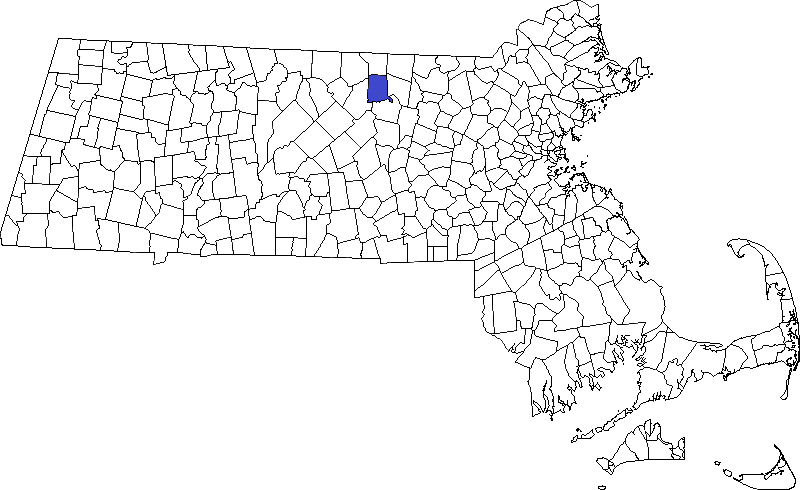
 Location: Monument Park, 610 Main Street, Fitchburg
Location: Monument Park, 610 Main Street, Fitchburg
Coordinates: 42°35’02.0″N 71°48’04.6″W
Date dedicated: June 24, 1874
Architect/contractor/sculptor: Martin Milmore, sculptor and designer;
Number of names: 135 men who died in the war
The Fitchburg monument, sculpted and designed by Martin Milmore, is based off of his earlier monument for Charlestown, Massachusetts. The central figure of the Fitchburg grouping is posed in a different position and the facial features of Fitchburg’s infantryman are quite different–more expressive than the earlier Charlestown version. Most significant, the Fitchburg statues are cast in bronze. The infantryman from this sculpture group is also featured as a solitary figure in Framingham.
Milmore was born in Sligo, Ireland in 1844. When he was seven, his widowed mother emigrated to Boston and soon after made arrangements for her sons to join her in America. His older brother Joseph became a stonecutter and educated Milmore in that trade. Milmore took it a step further and became a excellent sculptor. By the late 1860s, the two had opened a studio together in Boston’s South End and had a number of impressive works to their credit. Milmore’s Civil War monuments are featured in numerous Massachusetts towns.
The main figure in the grouping represents “America” holding two laurel wreaths. She is flanked by a soldier and a sailor. The primary inscription reads, “Fitchburg erects this monument in memory of her brave sons who fell and in honor of all her loyal citizens who perilled their lives in the great struggle which secured the unity of the Republic and the freedom of an oppressed race, 1861-1865.” Emancipationist inscriptions are common in Massachusetts (though certainly not universal) however the tone of this one seems particularly emphatic.
The emancipationist tone was not echoed by General Nathaniel Banks who gave the oration on the occasion of the dedication. A former Massachusetts governor and a controversial figure for his inconsistent generalship and military failures, Banks was lukewarm on abolition. During his address, he instead defended the campaigns which he led in Louisiana and complained of corruption among politicians in the wake of the war. He concluded on a more positive note describing the volunteer soldiers as an “absolutely incorrupt body of men” whose spirit would soon dominate the affairs of the Republic. It is an interesting juxtaposition of shadowy office-seeker versus the idealized citizen-soldier, a theme which would only grow more prominent in the late 19th century.[1]
Click images to enlarge:
[1] “Fitchburg Dedication of the Soldiers’ Monument–An Imposing Display,” Massachusetts Spy, Jun 26, 1874, 2.








I saw this beautiful, meaningful monument today on a trip to Fitchburg. I remember seeing it as a child. The figure of the sailor is particularly moving to me.